Uncategorized
-
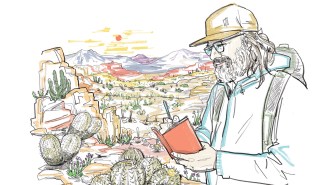 Plants
PlantsMeet a scientist tracking cactus poaching in the Atacama Desert
Botanist Pablo Guerrero has been visiting Atacama cacti all his life. They’re not adapting well to a drier climate, booming mining and plant collection.
-
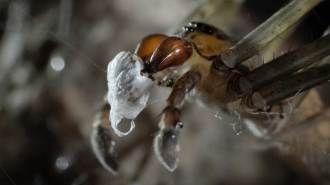 Animals
AnimalsClimate stress may undermine male spiders’ romantic gift giving
Even spider love lives show an effect of climate uncertainty: Stressed males may offer a bit of silk-wrapped junk rather than a tasty insect treat.
By Susan Milius -
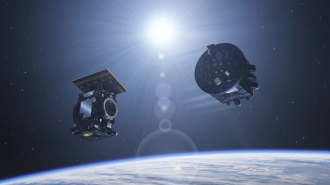 Space
SpaceA spacecraft duo will fly in formation to create artificial solar eclipses
ESA’s Proba-3 mission will use one satellite to block out the sun for another satellite, bringing the sun’s middle corona into new focus.
-
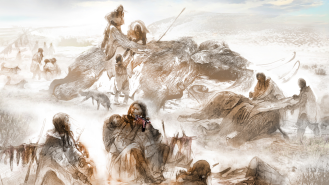 Humans
HumansDietary evidence bolsters Clovis hunters’ reputation as mammoth killers
Mammoths made up as much as 40 percent of the ancient North Americans’ diet, a chemical analysis of human remains reveals.
By Anna Gibbs -
 Life
LifeTrees are failing to adapt to climate change. Losing fungi partners may be why
Certain fungi give trees nutrients and water, but heat and drought are putting both at risk.
-
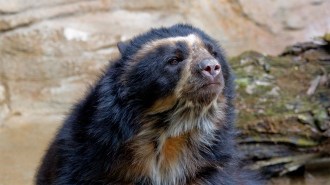 Ecosystems
EcosystemsNew videos reveal the hidden lives of Andean bears
The footage give clues to the range of plants the bears eat and how they mate, information important for conservation.
-
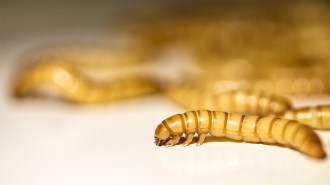 Life
LifeHere’s how long it would take 100 worms to eat the plastic in one face mask
An experiment reveals that a bio-solution to humans’ microplastics mess is likely to fall short, but could inspire other ways to attack the problem.
By Susan Milius -
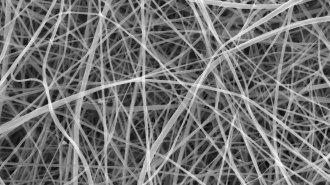 Materials Science
Materials ScienceStarchy nanofibers shatter the record for world’s thinnest pasta
The fibers, made from white flour and formic acid, average just 372 nanometers in diameter and might find use in biodegradable bandages.
By Skyler Ware -
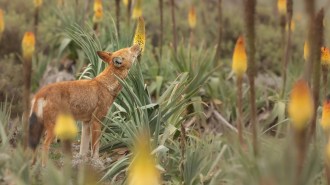 Animals
AnimalsEthiopian wolves are the first large carnivores found to slurp nectar
Wolves from three different packs were seen licking red hot poker flowers. That sweet tooth could make them the first known large predator pollinators.
-
 Climate
ClimateAn unexpected ice collapse hints at worrying changes on the Antarctic coast
The Conger Ice Shelf disintegrated in 2022. Satellite data leading up to the collapse hint at worrying changes in a supposedly stable ice sheet.
By Douglas Fox -
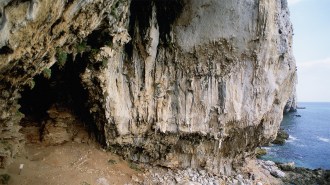 Archaeology
ArchaeologyNeandertals may have built a hearth specifically to make tar
Findings from a cave in Gibraltar suggests Neandertals may have used complex fire structures to obtain adhesives from plants.
-
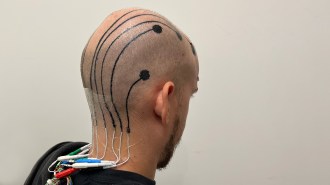 Neuroscience
NeuroscienceElectronic ‘tattoos’ offer an alternative to electrodes for brain monitoring
A standard EEG test requires electrodes that come with pitfalls. A spray-on ink, capable of carrying electrical signals, avoids some of those.